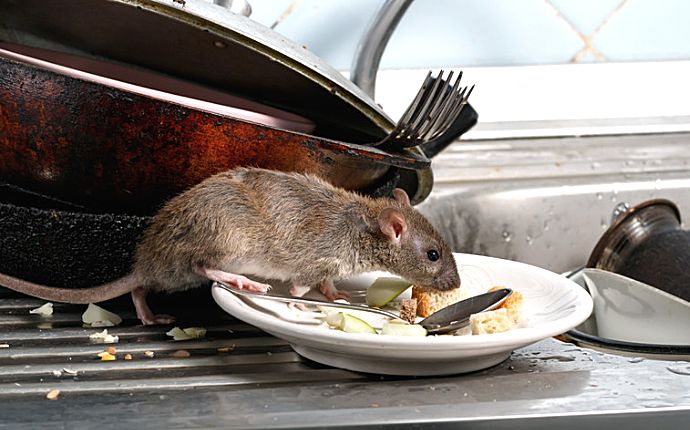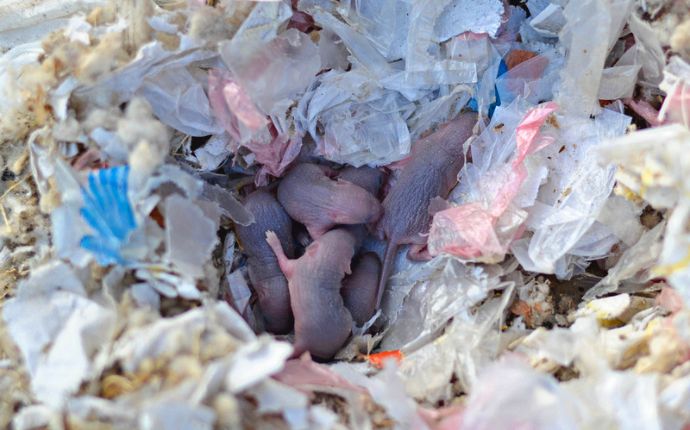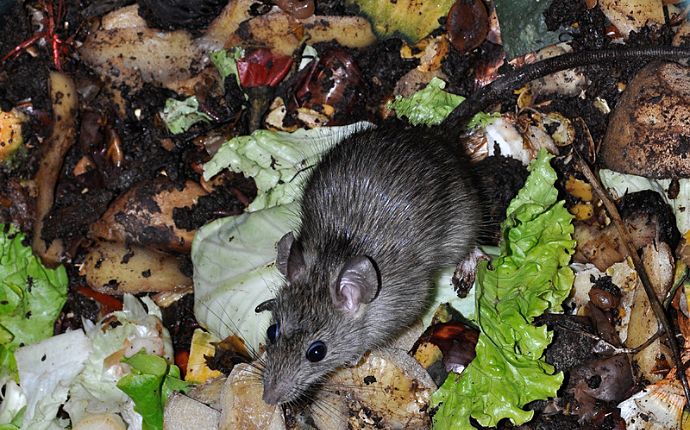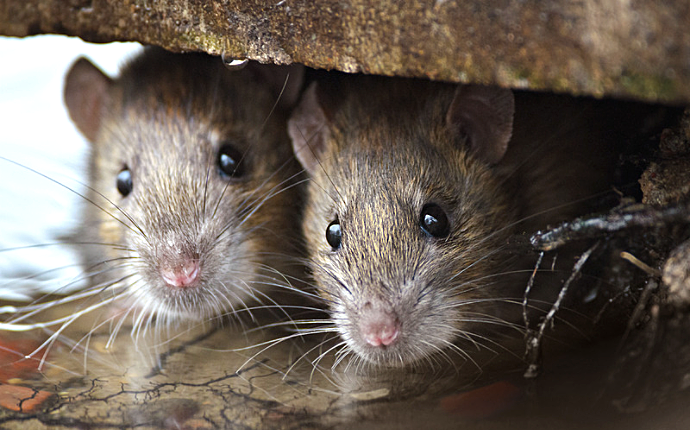Your home can be an attractive place for all types of pests, including rats. Since they hide so well, many homeowners don’t realize they have rats until there is clear damage. Rats gnaw on electrical wires, contaminate food and prep areas, and spread diseases.
Rats eat or contaminate at least 20 percent of the world’s food each year. Before rats get comfortable in the warmth of your home, you can take a few steps to make your living space uninviting.
Accessibility
If your home has any holes, gaps, or cracks, rats will find them and enter your home. They can also chew on small holes to enlarge them and gain access to the warmth and food in your home.
To limit accessibility, take a walk around your home, looking closely at ground level to find holes and gaps. Fill them with steel mesh and caulk. Then, check your windows and doors to look for holes in screens. Replace screens and install weatherstripping and door sweeps to prevent rats from entering.
Food Sources

Since rats are omnivorous, they will eat anything from cardboard boxes, hardware, electric wires, and household items. They also eat birdseed and peanut butter that falls from bird feeders.
Pest control begins with closing off their access to things they need to survive. To keep rats away, seal all food containers, including pet food containers, and never leave your pet’s food out all night. Any messes on your kitchen counters and floors will look like a buffet to rats, so clean up often.
Water Sources
Rats also need water to survive, so they will look for easy sources of water, like puddles in a leaky basement or a water bowl for your dog.
Rats will also drink from birdbaths and overfilled flower pots. To prevent rats from entering your living spaces, repair your leaky pipes and loose faucets. Be sure your exterior water sources like gutters don’t overflow and spill over the sides.
Warmth and Shelter

Along with food and water, rats want safe places to build nests. A human home can be very safe, as larger predators cannot get into the same small spaces. They’ll make their nests out of junk in the basement and between the walls. They’ll use cardboard, old clothing, wires, and insulation.
Keep your basement and garage free of debris so rats can’t use items for their nests. Look around your basement and garage to see if you already have a rodent infestation.
Clutter
Rats need things to make their nests, so if you have clutter, rats might find it. They like the quiet spaces like attics, storage areas, crawl spaces, and basements.
Keep your storage areas organized using plastic bins or durable rat-proof storage boxes.
Open Trash Bins, Compost Piles, and Pet Waste

Any open trash bins, compost piles, and pet waste attract rats because they are omnivores. They will return to the easy sources and make their nests nearby. Rats can leap up to 36 inches over a fence to get to an open compost pile.
To prevent them from getting into your bins, keep them sealed with tight-fitting lids. Cover your compost piles with hardware cloth and always clean up your pet’s waste.
Fruit-Bearing Plants
Rats also devour plants that offer tasty fruit. They’ll hide in overgrown plants, then eat the fruits or flowers that decorate your home. You can prevent rats from making their home in your yard or house by trimming potential hiding spots in bushes and trees. Also, clean up fruits that fall from fruit trees, and harvest the food before it over-ripens.
Conclusion
If rodents have entered your home, you might not see them before you see their droppings, greasy rub marks, and gnaw markings. If you see any signs, it’s important to act quickly and contact your local pest control team. At Romney Pest Control, we offer comprehensive, humane removal and exclusion services.
For more effective and dependable ways to help prevent rats from settling in your home, contact Romney Pest Control for help.




